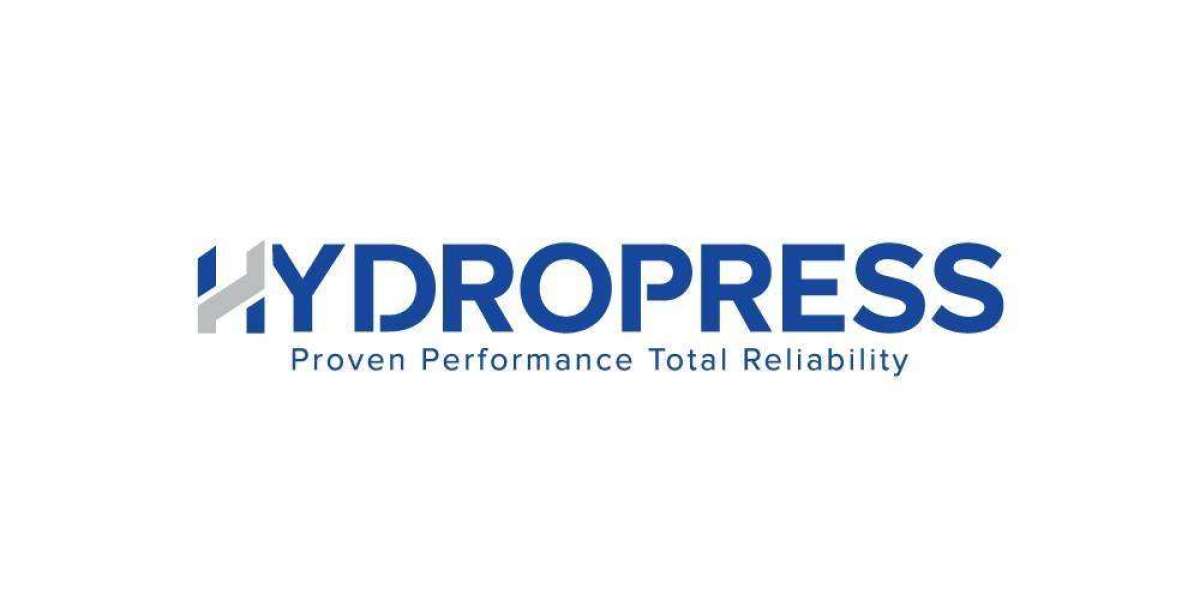In the realm of advanced accounting, mastering theoretical concepts is crucial for academic excellence and practical application. At DoMyAccountingAssignment.com, our Accounting Assignment Writer delve deep into complex theories to provide students with precise, well-explained solutions. This blog explores some intricate master-level accounting theory questions, offering comprehensive answers that reflect the expertise of our dedicated professionals.
Understanding Financial Reporting Frameworks
Question: Explain the differences between International Financial Reporting Standards (IFRS) and Generally Accepted Accounting Principles (GAAP). How do these differences impact financial reporting and comparability?
Solution: International Financial Reporting Standards (IFRS) and Generally Accepted Accounting Principles (GAAP) are two predominant frameworks for financial reporting. IFRS, developed by the International Accounting Standards Board (IASB), is designed to create a common global accounting language that enhances comparability and transparency across international borders. On the other hand, GAAP, primarily used in the United States, is established by the Financial Accounting Standards Board (FASB) and provides specific guidelines for financial reporting within the U.S.
The key differences between IFRS and GAAP include:
Principle-Based vs. Rule-Based: IFRS is principle-based, focusing on the spirit of the standards rather than strict rules. This allows for more professional judgment and flexibility. Conversely, GAAP is rule-based, with detailed guidelines for specific scenarios, potentially leading to less flexibility but more detailed guidance.
Revenue Recognition: IFRS follows a single, comprehensive revenue recognition standard (IFRS 15) that outlines a five-step model for recognizing revenue. GAAP, however, has more specific guidelines across various industries, which can lead to inconsistencies in revenue recognition practices.
Inventory Valuation: Under IFRS, the Last-In, First-Out (LIFO) method for inventory valuation is prohibited. GAAP permits LIFO, which can impact the reported profits and tax liabilities, especially in times of rising prices.
Development Costs: IFRS requires the capitalization of development costs if certain criteria are met, whereas GAAP generally expenses development costs as incurred.
The differences in these frameworks affect financial reporting by influencing the presentation, measurement, and recognition of financial elements. These variations can impact comparability for investors and stakeholders who rely on financial statements to make informed decisions.
Analyzing the Cost-Volume-Profit (CVP) Relationship
Question: Discuss the concept of the Cost-Volume-Profit (CVP) analysis and its significance in managerial decision-making. How does CVP analysis assist in determining the break-even point?
Solution: Cost-Volume-Profit (CVP) analysis is a managerial accounting tool used to understand the relationships between costs, sales volume, and profit. The primary purpose of CVP analysis is to assist managers in making informed decisions regarding pricing, production levels, and cost management.
CVP analysis involves several key components:
Fixed Costs: These are costs that remain constant regardless of the production volume. Examples include rent and salaries. Understanding fixed costs is crucial for determining how much revenue is needed to cover these expenses.
Variable Costs: These costs fluctuate with production volume, such as raw materials and direct labor. CVP analysis examines how variable costs impact overall profitability.
Sales Revenue: The total income generated from sales. CVP analysis explores how changes in sales volume affect profitability.
Contribution Margin: This is the difference between sales revenue and variable costs. It represents the amount available to cover fixed costs and contribute to profit.
The break-even point is a critical outcome of CVP analysis. It is the level of sales at which total revenue equals total costs, resulting in no profit or loss. To calculate the break-even point, the formula is:
Break-Even Point (Units)=Fixed CostsSelling Price per Unit−Variable Cost per Unit\text{Break-Even Point (Units)} = \frac{\text{Fixed Costs}}{\text{Selling Price per Unit} - \text{Variable Cost per Unit}}
By determining the break-even point, managers can assess the minimum sales volume required to avoid losses. This information is vital for setting sales targets, evaluating pricing strategies, and making strategic business decisions.
Evaluating the Impact of Financial Leverage
Question: What is financial leverage, and how does it affect a company's risk and return profile? Provide an example of how financial leverage can influence the financial performance of a business.
Solution: Financial leverage refers to the use of borrowed funds to increase the potential return on equity. By utilizing debt financing, a company can invest in additional assets or projects, aiming to enhance its profitability. However, financial leverage also amplifies the risk, as the company must meet its debt obligations regardless of its financial performance.
The impact of financial leverage on a company's risk and return profile includes:
Increased Return on Equity (ROE): When a company earns a return on its investments that exceeds the cost of debt, financial leverage can enhance the ROE. This is because the company is using borrowed funds to generate higher returns, benefiting the equity holders.
Amplified Risk: While financial leverage can boost returns, it also increases risk. Higher levels of debt mean higher interest expenses, which can strain cash flow and increase the risk of financial distress if the company fails to meet its debt obligations.
Potential for Financial Distress: Excessive financial leverage can lead to financial distress, especially if the company experiences a downturn in its operations or revenue. High levels of debt may make it difficult for the company to manage its financial obligations, potentially leading to bankruptcy.
Example: Consider a company with $1 million in equity and $500,000 in debt. If the company generates a return of 10% on its assets, the return on equity will be higher due to the leverage. Assuming the cost of debt is 5%, the financial leverage effect can be calculated as follows:
Without Leverage: ROE = (Net Income / Equity) = (10% of $1,000,000) / $1,000,000 = 10%
With Leverage: If the return on assets remains at 10%, but interest expense on the debt reduces the net income, the ROE might increase if the return on assets exceeds the cost of debt.
In this scenario, the company's use of financial leverage can enhance its ROE, provided the returns from its investments exceed the cost of debt. However, the increased debt also introduces higher risk, emphasizing the need for careful management of financial leverage.
Navigating the Complexities of Consolidation Accounting
Question: What are the primary methods of accounting for investments in subsidiaries, and how do they differ in terms of consolidation and reporting?
Solution: Accounting for investments in subsidiaries involves several methods, primarily including the cost method, equity method, and consolidation method. Each method has distinct implications for financial reporting and consolidation.
Cost Method: Under the cost method, investments in subsidiaries are recorded at their cost. Dividends received from the subsidiary are recognized as income. This method does not require consolidation of the subsidiary's financial statements, and it is typically used when the parent company does not have significant influence over the subsidiary.
Equity Method: The equity method is employed when the parent company has significant influence over the subsidiary, typically through ownership of 20-50% of the subsidiary's equity. Under this method, the investment is initially recorded at cost and subsequently adjusted for the parent's share of the subsidiary's profits or losses. The parent's share of the subsidiary's net income or loss is recognized in the parent company's financial statements, and dividends received reduce the investment balance.
Consolidation Method: When the parent company has control over the subsidiary (usually through ownership of more than 50% of the subsidiary's equity), the consolidation method is applied. This method requires combining the financial statements of the parent and subsidiary into a single set of consolidated financial statements. Intercompany transactions and balances are eliminated to avoid double-counting. The consolidation method provides a comprehensive view of the financial position and performance of the combined entity.
The choice of accounting method impacts the presentation of financial statements and the overall financial reporting of the parent company. Consolidation provides a more accurate depiction of the financial position and performance of the combined entity, whereas the cost and equity methods offer different levels of detail and influence.
Conclusion
Mastering advanced accounting theories is essential for students pursuing high-level academic and professional goals. The questions and solutions discussed in this blog highlight the depth of understanding required to excel in the field of accounting. At DoMyAccountingAssignment.com, our expert Accounting Assignment Writers are dedicated to helping students grasp complex concepts and achieve academic success. Whether you're grappling with financial reporting frameworks, CVP analysis, financial leverage, or consolidation accounting, our experts are here to provide precise, insightful assistance to support your learning journey.








